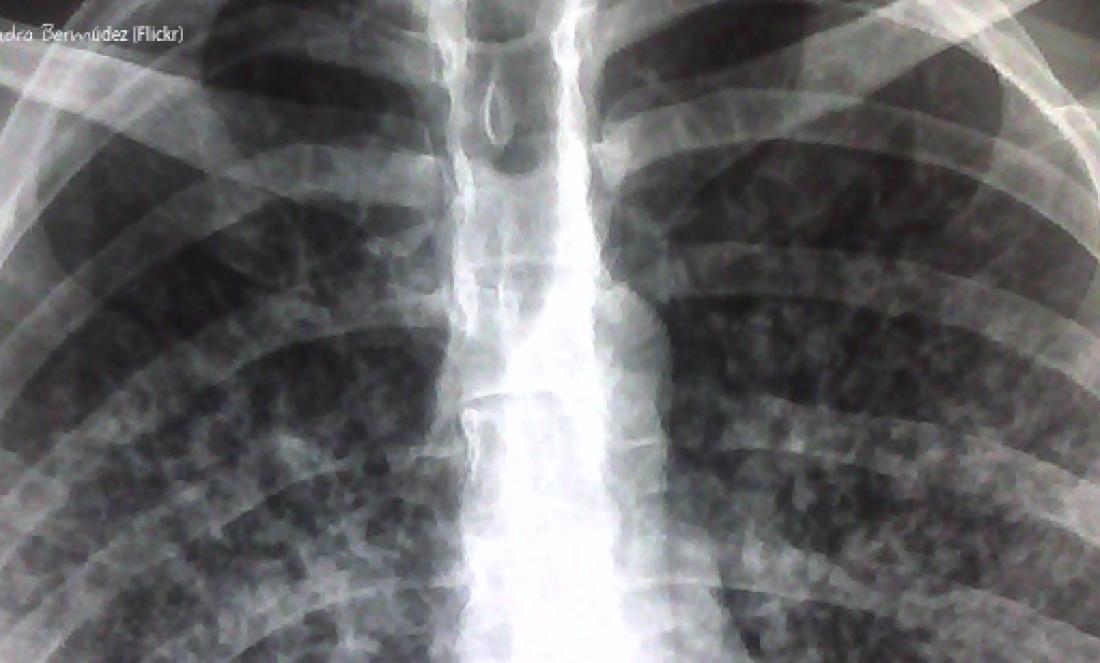
Addressing Respiratory Infections in Elderly Care Facilities
Ahora que estamos iniciando la campaña de vacunación antigripal y los cambios estacionarios que nos anuncian la inmediatez de la llegada de las infecciones de vías respiratorias, viene bien conocer este documento de consenso de varias sociedades científicas (Geriatría, Medicina Interna, Neumología, Urgencias, Quimioterapia, Enfermedades infecciosas y microbiología, hospitalización a domicilio) sobre el abordaje de la neumonía adquirida en la comunidad en el paciente anciano.
Lower respiratory tract infections are the most prevalent infections in Gerontological Centres and in mid-stay hospitals, with a high associated morbidity and mortality. In elderly patients, especially those with fragile criteria, it is a very relevant cause of disability and mortality. Previously pneumonia was classified as community-acquired or nosocomial, later the concept of healthcare associated pneumonia was introduced to identify those patients who are institutionalised, in long-stay centres, haemodialysis units, day hospitals, or the presence of hospitalisation for at least 48 hours in the last 3 months, as the aetiology and risk factors of this population were modified. All of this is of great importance as it influences the appropriate empirical treatments, being aware that they constitute niches for the production of multi-resistant microorganisms, which is why it is essential to promote measures for the rational use of antibiotics, as well as appropriate coordination of the different resources to guarantee the best quality of care.
Risk factors for aspiration, the main cause of death in patients with dementia or advanced disability, are the presence of central nervous system pathologies (dementia, stroke, Parkinson's), chronic bronchitis, the use of neuroleptics or proton pump inhibitors, oesophageal pathology and the appearance of prior vomiting. Pathogens of particular concern are those that produce broad-spectrum beta-lactamase (WSB), which makes them resistant to various antibiotics, to be considered if diabetes, previous antibiotic use, recent hospitalisation, repeated urinary tract infections or bladder catheterisation are present; or the suspected presence of Pseudomona aeruginosa in the case of severe COPD, colonised bronchiectasis or previous admission to intensive care.
The document establishes a classification of patients as non-fragile or with criteria of mild fragility (functionally independent, pneumonia produces a great functional and/or cognitive impact) or moderate-severe (previously dependent, usually classified as a geriatric patient, knowing the degree of dependency) which affects the importance of comprehensive geriatric assessment in all resources. Knowledge of the impact of the infectious process on functional capacity and on the development of transitory or permanent delirium means that these variables take on special relevance in their monitoring and prevention, as the quality of life of the elderly person depends fundamentally on this.
Screening scales are identified to evaluate the elderly person at high risk at the emergency department level (Identification of Senior at Risk ISAR, Triage Risk Screening Tool TRST), and those tools such as the CURB scale (confusion, urea, tachypnea, hypotension) or the Pneumonia Severity Index PSI that improve the classic Fine scale that largely weights age in decision making, although the degree of hypoxemia or functional capacity is not taken into account.
The document mentions the importance of knowing the bacterial resistances in the environment where they are produced. Cooperation with microbiology services is of great importance in order to know the most favourable antibiotic spectrum. In our environment the antibiotic resistance of Streptococco pneumoniae (the main cause of serious complications) is 3% for amoxicillin, 22% macrolides, 3-10% fluoquinolones and the reduced sensitivity to beta-lactams of pneumococcus in the elderly, COPD, alcoholics, immunosuppressed people, contact with children in day-care centres or beta-lactam treatment the previous three months or previous hospital admissions must be taken into account. Atypical pneumonia microorganisms or intracellular pathogens are less frequent, but if the presence of Legionella cannot be ruled out, a macrolide should be included. In the elderly, changes at the renal level modify the therapeutic and toxic doses, as well as the knowledge of drug interactions, especially in those polymedicated that may affect the safety of the treatment established. It is also necessary to emphasize not only the antibiotic spectrum, but also nutritional control and adequate hydration, oxygen therapy, early mobilization and prevention of thromboembolic disease and delirium, as well as adequate management in advance in groups at risk of dysphagia and proper oral hygiene. The duration of the treatment should be from 7 to 10 days, in case of the presence of Pseudomona it should be extended to 14 days and also prolonged if there are complications or inadequate antibiotic coverage. Sometimes everything that can be done should not be done, which is why after a proper assessment in some cases palliative treatment should be prioritised, optimising decision-making with the carers and deciding on the most suitable resource for the geriatric patient.
González del Castillo J, et al. Consensus guide for the management of community-acquired pneumonia in the elderly patient. Rev Esp Geriatr Gerontol. 2014. http://dx.doi.org/10.1016/j.regg.2014.04.002

Add new comment